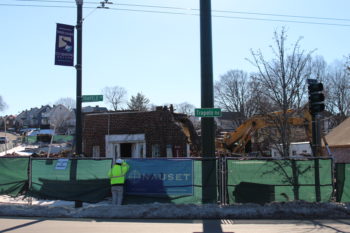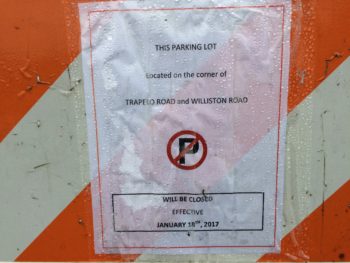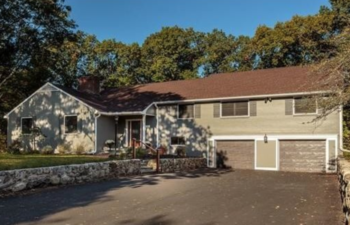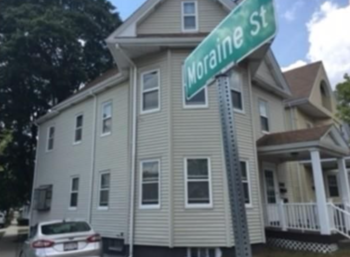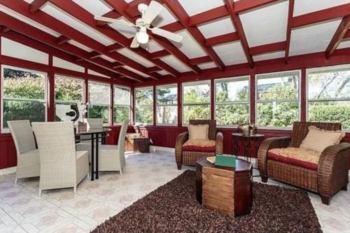Photo: A highlight of smart, architectural sensitive renovation in a split level in the Winn Brook.
A weekly recap of residential properties sold in the past seven days in the “Town of Homes.”
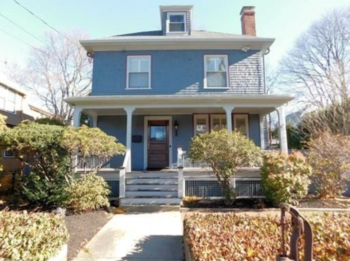
• 27 Willow St., Old-style (1903). Sold: $1,075,000. Listed at $1,075,000. Living area: 2,557 sq.-ft. 8 rooms, 3 bedrooms, 2.5 baths. On the market: 81 days.

• 7 Sherman St., Prewar Cape Cod (1940) Sold: $736,000. Listed at $769,000. Living area: 1,391 sq.-ft. 6 rooms, 2 bedrooms, 1.5 baths. On the market: 79 days.

• 7 Sumner Ln., Something huge. Sold: $3,400,000. Listed at $3,350,000. Living area: 5,800 sq.-ft. (est). 12 rooms, 6 bedrooms, 5.5 baths. On the market: 685 days.

• 141 Claflin St., Brick and cedar shingle old-style (1933). Sold: $1,075,000. Listed at $925,000. Living area: 2,184 sq.-ft. 8 rooms, 4 bedrooms, 1.5 baths. On the market: 42 days.
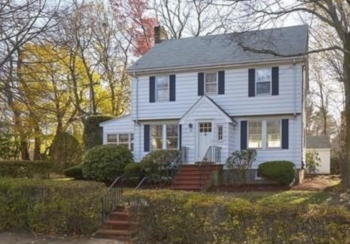
• 80 Douglas Rd., Colonial (1940). Sold: $925,000. Listed at $849,000. Living area: 2,121 sq.-ft. 8 rooms, 3 bedrooms, 2.5 baths. On the market: 60 days.
An expensive slice in Belmont
Do you think that your children should strive for a career in STEM? How about health care? Finance? Forget all those loser jobs mentioned above. I want to say one word to you. Just one word.
Pizza! As the actor, Kevin James said, “There’s no better feeling in the world than a warm pizza box on your lap.”
If there is an occupation with more than its fair share of ultra-wealthy entrepreneurs, it’s those who can build a better pie. Mike Ilitch, the owner of Little Caesars Pizza, was worth $6.1 billion and owned two major sports teams when he died last month, Domino’s Pizza’s Tom Monaghan sold his business to Bain Capital for $1 billion, John Schnatter of Papa John’s Pizza is worth $750 million and the list goes on and on.
And Belmont has its pizza mogul. Joey Crugnale decided to start his pizza shop in Davis Square, Somerville in a storefront he bought in 1981 to prevent a competitor from opening a shop two doors from Crugnale’s first big hit, Steve’s Ice Cream. Out of that almost accidental piece of good fortune began Bertucci’s Brick Oven Pizzerias with its first-of-its-kind open-hearth brick ovens, specialty topping pies and cool, youthful vibe (the Somerville location had a bocce court in the basement). By the time he was outbid by the NE Restaurant Co. for his company in 1998, Crugnale had built an empire of 84 Bertucci’s worth millions.
In 1992, Crugnale used some of his pizza and ice cream money – he had sold Steve’s in 1982 – to purchase for $1.6 million one the largest (8,800 square feet!) residential houses in Belmont located at Concord Avenue and Sumner Lane – the “lane” runs from Concord to Somerset and borders the Weeks family property – from another food-based fellow, David Mugar of the Star Market fortune. (Mugar didn’t move far, just over to Marsh Street.) Not only is the house large – 17 rooms with five full and three half bathrooms! – it sits in the middle of a meadow, to provide maximum privacy.
After living in his century-old brick manse for two decades, Crugnale decided to do with his property what he did with his pizza; cut it into slices and make a greater profit.
In 2010, he got together with a development company called Concord Estates LLC run by Belmont’s favorite developer, Joe DeStefano, who paid Crugnale $1.8 million for five “slices” in 2010 at 1, 3, 5, 7 and 10 Sumner Lane.
Concord Estates had taken its time to sell not just the parcels but the custom-made houses with the first homes sold in 2015 with 1 Sumner selling for $3.2 million (6 beds, 5.5 baths, 6,440 sq.-ft.) while DeStefano took 3 Sumner for himself while 10 Sumner was sold in 2016 at $3.4 million.
And last week, 7 Sumner was sold for $3.4 million. So what do you get? From the sales pitch, you’ll live on a “brand new picturesque private road [which] offers in(-)town living in the most coveted exclusive Belmont Hill location” while its “rolling lawns and graceful old trees will give you the feeling of the [O]ld [S]outh.” The “Old South”? Really? On Sumner Lane, as in Fort Sumner? Is this manse being sold in Belmont, North Carolina?
“This classic turn-of-the-century inspired new home will offer incredible country views, peeks of the Boston skyline and acres of conservation land. All of these homes are one of a kind built with incredible craftsmanship and refined details.”
Sounds like you’d want to join the club? There’s one slice left on the plate at 5 Sumner according to the Belmont assessors.
